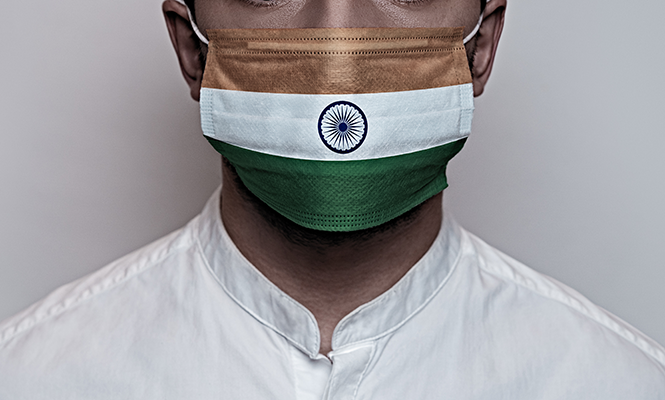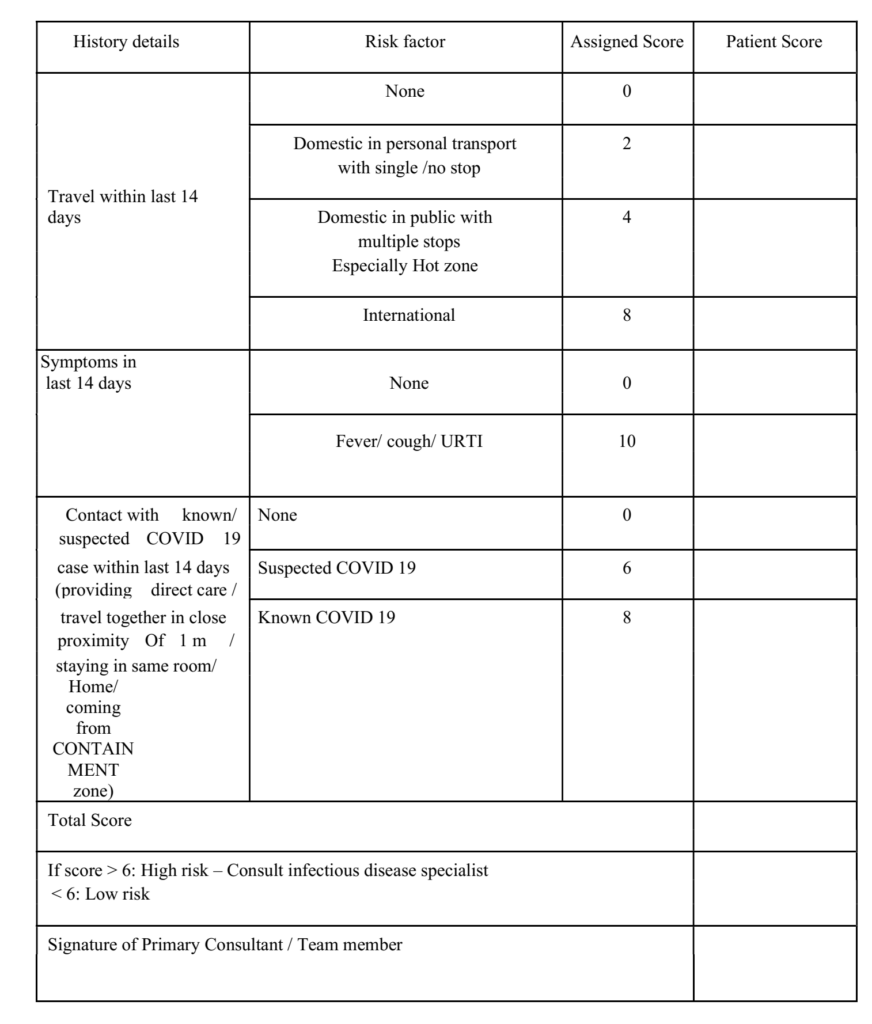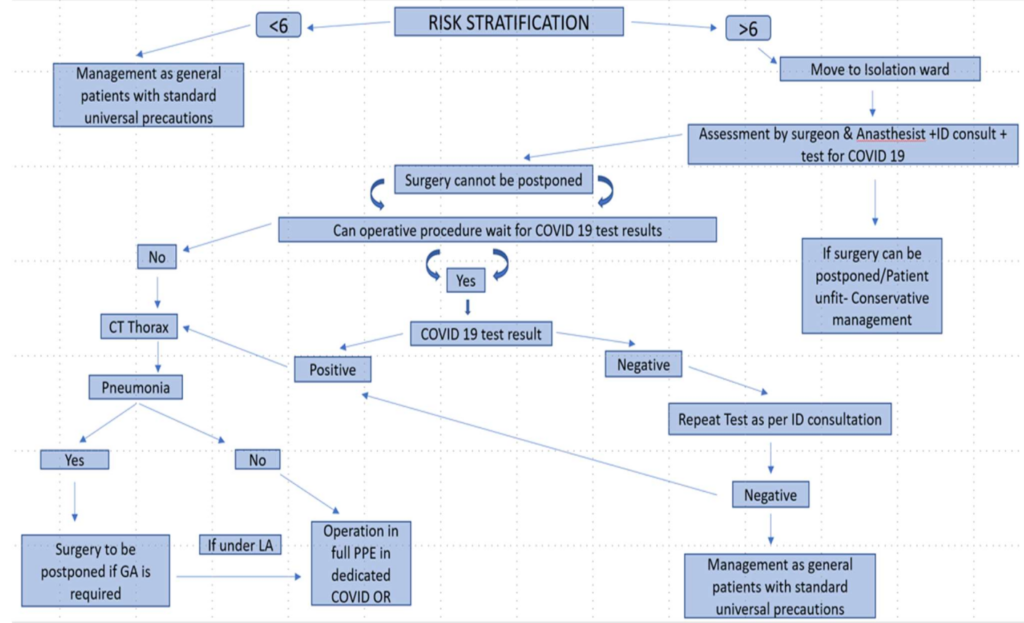The first case of COVID-19 was reported in India on the January 20, 2020, and the count as of August 20 is 2,837,749 confirmed (still adding more than 60,000 cases every day) with 54,000 deaths and 2,097,331 recovered. (www.covid19.india.org) The Indian government has set up multiple centers for patients with mild symptoms in public schools, public halls, railway bogies, (hotels, lodges were converted to an isolation facilities) and facilities erected on open grounds, comprising 1,000 beds with an expansion capacity to 5,000 beds for COVID-19 admissions (Figures 1 and 2). Mobile testing units are used for mass screening (Figure 3). All health professionals, including neurosurgeons less than 55 years old, were urged to join COVID duties. The total number of cases in India are probably much higher as testing is limited. However, it is significant to note that the death rates are much less compared to some European and U.S. cities.
COVID-19 & Neurosurgery Care
COVID 19 has not spared Neurosurgery either, resulting in significant changes in the management of cases. The author on April 7, 2020, formulated guidelines for surgical procedures, suspending all non-essential elective surgeries. Though elective neurosurgery restarted, on a limited scale, by the middle of July. The numbers are still small and we are at only 20% of the expected volume. The main reasons of continuing low volume are:
- Patients are scared to come for hospitalization, unless it is an emergency;
- A significant drop in Regional Transport Authority travel; and
- A significant decrease in out-of-town patients because of air and rail travel restrictions.
During the early part of the pandemic, a protocol was followed before the patient could be deemed fit for surgery (Figures 4 and 5). The guidelines evolved and were modified over time. Currently, all patients requiring an in-patient stay are PCR tested for COVID-19. Any patient requiring an elective neurosurgical procedure requires proof of two negative PCR within seven days preceding the procedure; patients requiring general anesthesias must, in addition, have high resolution thoracic CT scan to rule out COVID pneumonia. Currently, all personnel in the OR – doctors, nurses and support staff – are in full PPE with N95 mask during the procedure, even in non-COVID patients (Figure 6). There is a separate, exclusive facility for COVID positive patients, including wards, ICU and OR, at a separate nearby campus.
Training & Teaching during COVID-19
Another major casualty of the COVID pandemic has been resident training. Clinical workload and surgical exposure have reduced dramatically. Another puzzling statistic is the reduction in emergency admissions and surgery that has been experienced across all specialties. While there is no good solution to increasing surgical exposure and clinical case studies for trainees, there is a constant effort to continue academic activity and teaching. There is a weekly schedule to revise 10 subjects. The residents write on those subjects and the papers are evaluated by the faculty. There is also periodic webinars on a variety of subjects (complimentary registration to all) that have been very popular. I am grateful for the contributions by many international and national faculty. Hopefully, this initiative continues post COVID.
Final Thoughts
None of us, nobody in the world, has seen a catastrophe of such magnitude in our lifetime. It is a humbling experience to realize how insignificant we are in the scheme of things. Has it taught us anything? It has taught me to treasure and value the time I have and thank God for the free air I breathe and marvel at the beauty of nature, which I did not have time to cherish!
I am optimistic that this will also pass and I will be back to my 12-hour day soon!
Figures
Figure 1. Facility for admission of mildly symptomatic COVID patients.
Figure 2. A train compartment converted for COVID care
Figure 3. Mobile testing unit for COVID 19
Figure 4
Figure 5
Figure 6. Craniotomy being done under a transparent plastic sheet to reduce aerosol contamination, OR personnel on full PPE and N95 masks
[aans_authors]














